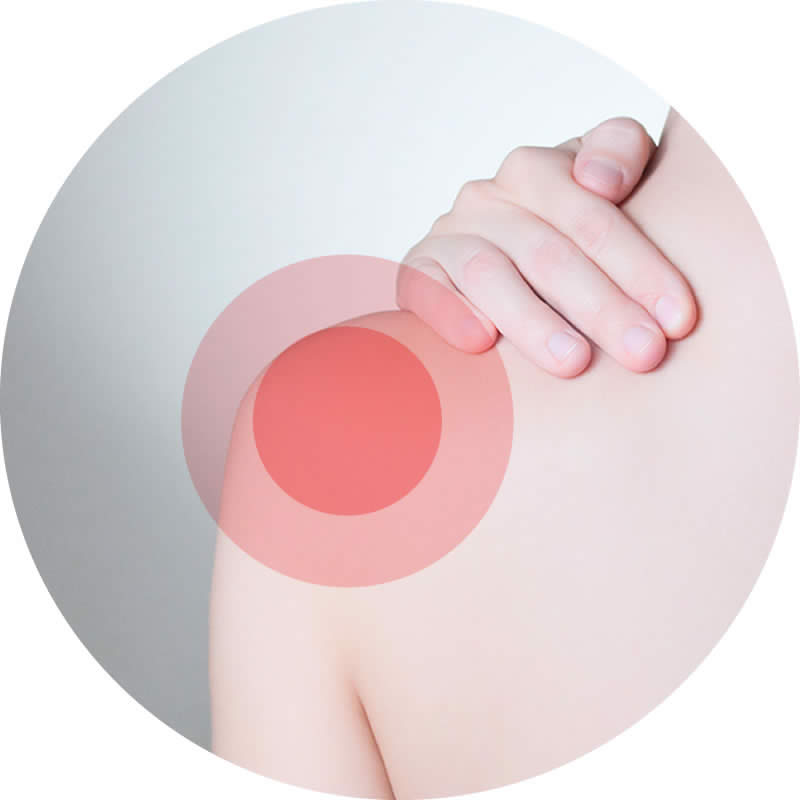Total Shoulder Replacement
This procedure involves replacing the head of the humerus and the glenoid (socket). If the cartilage from the humeral head is worn but the shape is largely maintained, then a humeral head resurfacing may be most suitable. This is where the remaining worn cartilage is removed and then a metal alloy cap is placed on the humeral head. This may be done in isolation (resurfacing hemi-arthroplasty), or combined with glenoid (socket) replacement (total shoulder resurfacing).
Other types of shoulder replacement that I offer include:
Humeral head replacement
Stemmed humeral head replacement
Reverse Geometry Shoulder Replacement
In situations when the muscles around the shoulder joint (the "rotator cuff") are either weakened or the tendons are torn from the bone, a traditional shoulder replacement will not work. In this instance, a different type of implant is required which uses muscle fibres from the front of the shoulder, to allow the arm to be lifted up. This is known as reverse geometry shoulder replacement.
In recent years, new techniques have been developed to allow preservation and/or augmentation of the remaining tendons in the rotator cuff to allow more rotational movement when the arm is elevated. I adopt these techniques wherever possible.


